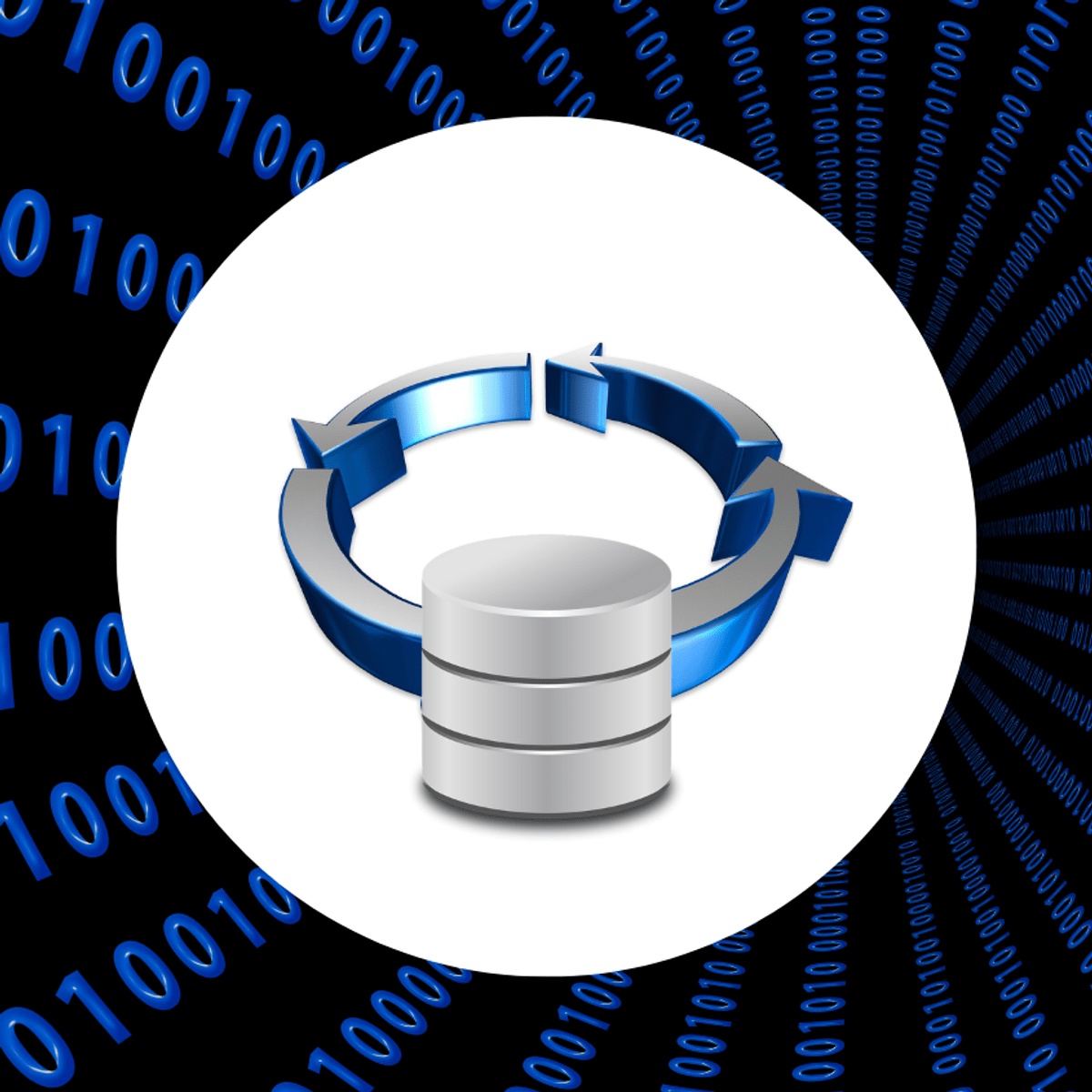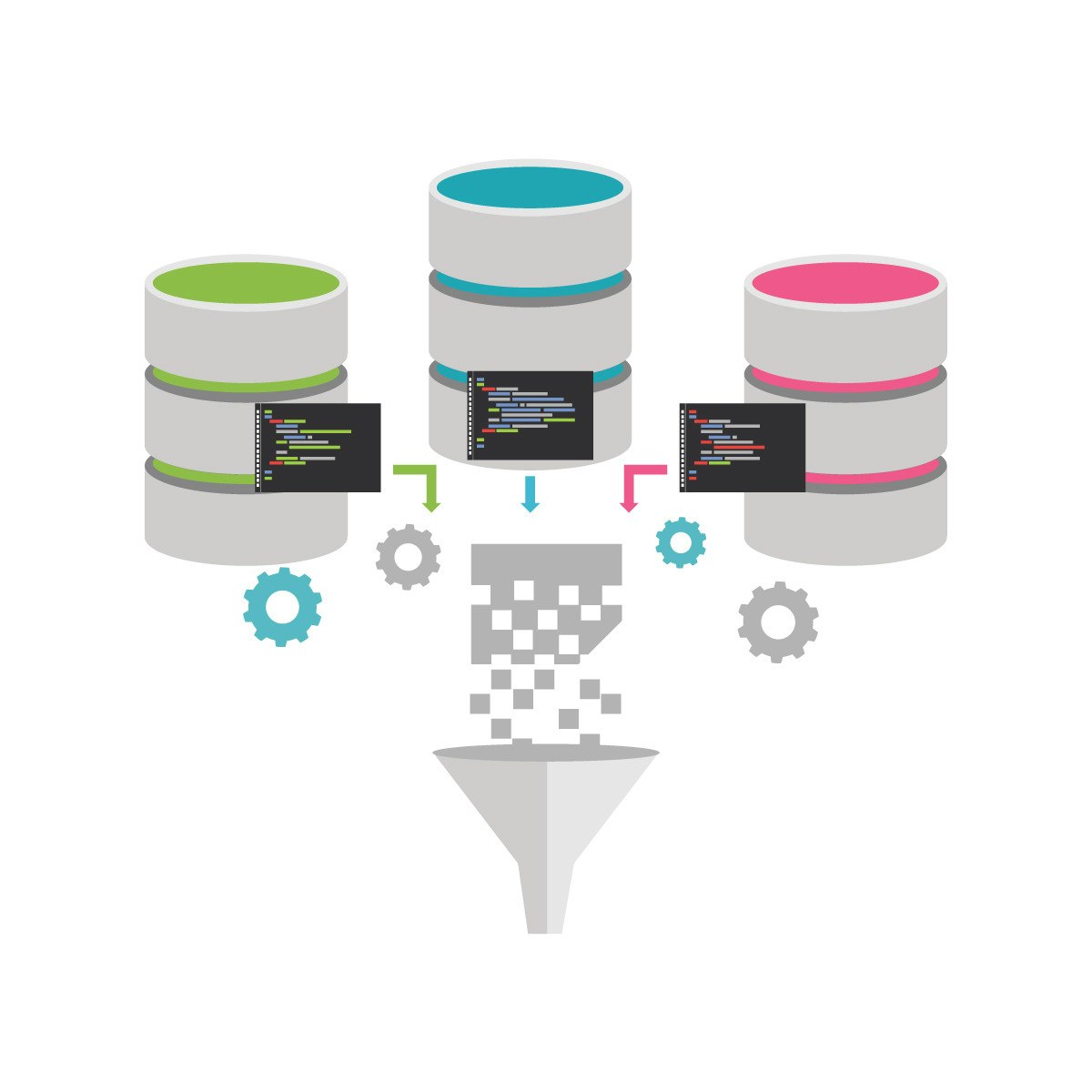Back to Courses









Data Management Courses - Page 31
Showing results 301-310 of 399

Manage Azure Blob Storage Lifecycle
In Azure Blob Storage, you pay for the storage that blobs take up and the tier that they are stored in. For instance, blobs that are stored in the Hot tier are the most expensive and can be accessed directly, and blobs in the Archive tier are the least expensive and take a while to be accessed. This tiered system is great and works well when you actively move your blobs to the appropriate tiers. Azure Blob Storage lifecycle management makes this easier by automatically moving blobs or deleting them based on rules.
In this beginner-level guided project "Manage Azure Blob Storage Lifecycle”, you will create a resource group and set up a storage account, you will learn how to manually transfer blobs to different tiers, and eventually how to move them automatically and thus make the process easier.
The requirement for this project is having an active Azure account and an active Azure subscription. In the first task you will be given instructions on how to sign up for both.

Microsoft Azure Cosmos DB
In this course, you will learn the fundamentals of database concepts in a cloud environment, get basic skilling in cloud data services, and build your foundational knowledge of cloud data services within Microsoft Azure. You will explore non-relational data offerings, provisioning and deploying non-relational databases, and non-relational data stores with Microsoft Azure.
This is the third course in a program of five courses to help prepare you to take the Exam DP-900: Microsoft Azure Data Fundamentals, so that you can demonstrate that you have a foundational knowledge of the core database concepts in a cloud environment.
This course is ideal for IT professionals who want to learn the fundamentals of database concepts in a cloud environment, get basic skilling in cloud data services, and build their foundational knowledge of cloud data services within Microsoft Azure with a view to taking up roles as Data Engineers and Database Administrators. It is also suitable for working database professionals looking for additional skills or credentials to showcase expertise in a cloud environment and IT professionals looking to specialize in the specific area of Azure data.
To be successful in this course, you need to have basic computer literacy and proficiency in the English language. Successful Azure Data Fundamentals students start with some basic awareness of computing and Internet concepts, and an interest in extracting insights from data. It is an advantage to have experience using a web browser, familiarity with basic data-related concepts, such as working with tables of data in a spreadsheet, and visualizing data using charts.

Modern Data Warehouse Analytics in Microsoft Azure
In this course, you will learn the fundamentals of database concepts in a cloud environment, get basic skilling in cloud data services, and build your foundational knowledge of cloud data services within Microsoft Azure. You will explore the processing options available for building data analytics solutions in Azure. You will explore Azure Synapse Analytics, Azure Databricks, and Azure HDInsight.
This is the fourth course in a program of five courses to help prepare you to take the Exam DP-900: Microsoft Azure Data Fundamentals. so that you can demonstrate that you have a foundational knowledge of the core database concepts in a cloud environment.
This course is ideal for IT professionals who want to learn the fundamentals of database concepts in a cloud environment, get basic skilling in cloud data services, and build their foundational knowledge of cloud data services within Microsoft Azure with a view to taking up roles as Data Engineers and Database Administrators. It is also suitable for working database professionals looking for additional skills or credentials to showcase expertise in a cloud environment and IT professionals looking to specialize in the specific area of Azure data.
To be successful in this course, you need to have basic computer literacy and proficiency in the English language. Successful Azure Data Fundamentals students start with some basic awareness of computing and Internet concepts, and an interest in extracting insights from data. It is an advantage to have experience using a web browser, familiarity with basic data-related concepts, such as working with tables of data in a spreadsheet, and visualizing data using charts.

Set up your dev environment for LAMP web developers on Linux
By the end of this project, you will set up your development environment for LAMP web developers on Linux.
Often, a dynamic web application consists of many different technologies and programming languages. Creating a web application with Linux, Apache (or NGINX), MySQL (or MariaDB), and PHP is usually referred to as a LAMP stack of technologies. In this project we will focus on installation and setup, rather that the code itself. This will allow you to use the same scaffolding approach for your future LAMP applications.
Note: This course works best for learners who are based in the North America region. We’re currently working on providing the same experience in other regions.

ETL and Data Pipelines with Shell, Airflow and Kafka
After taking this course, you will be able to describe two different approaches to converting raw data into analytics-ready data. One approach is the Extract, Transform, Load (ETL) process. The other contrasting approach is the Extract, Load, and Transform (ELT) process. ETL processes apply to data warehouses and data marts. ELT processes apply to data lakes, where the data is transformed on demand by the requesting/calling application.
Both ETL and ELT extract data from source systems, move the data through the data pipeline, and store the data in destination systems. During this course, you will experience how ELT and ETL processing differ and identify use cases for both.
You will identify methods and tools used for extracting the data, merging extracted data either logically or physically, and for importing data into data repositories. You will also define transformations to apply to source data to make the data credible, contextual, and accessible to data users. You will be able to outline some of the multiple methods for loading data into the destination system, verifying data quality, monitoring load failures, and the use of recovery mechanisms in case of failure.
Finally, you will complete a shareable final project that enables you to demonstrate the skills you acquired in each module.

Data Science as a Field
This course provides a general introduction to the field of Data Science. It has been designed for aspiring data scientists, content experts who work with data scientists, or anyone interested in learning about what Data Science is and what it’s used for. Weekly topics include an overview of the skills needed to be a data scientist; the process and pitfalls involved in data science; and the practice of data science in the professional and academic world. This course is part of CU Boulder’s Master’s of Science in Data Science and was collaboratively designed by both academics and industry professionals to provide learners with an insider’s perspective on this exciting, evolving, and increasingly vital discipline.
Data Science as a Field can be taken for academic credit as part of CU Boulder’s Master of Science in Data Science (MS-DS) degree offered on the Coursera platform. The MS-DS is an interdisciplinary degree that brings together faculty from CU Boulder’s departments of Applied Mathematics, Computer Science, Information Science, and others. With performance-based admissions and no application process, the MS-DS is ideal for individuals with a broad range of undergraduate education and/or professional experience in computer science, information science, mathematics, and statistics. Learn more about the MS-DS program at https://www.coursera.org/degrees/master-of-science-data-science-boulder.

Redacting Confidential Data within your Pipelines in Cloud Data Fusion
This is a self-paced lab that takes place in the Google Cloud console. In this lab, you will learn how to use the Cloud Data Fusion plugin for Cloud DLP to redact sensitive data.

Create Relational Database Tables Using SQLiteStudio
In this project-based course, you will learn how to use the SQLiteStudio database management system to create a relational database, add tables to the database, and populate the tables.
Data is at the heart of all computing practices and plays an important role in our business and personal lives. Data is manipulated by programs, displayed on web browsers, transferred from location to location by networking systems, and used for business and personal decision making. Organizing, storing and safeguarding data in a database is the main purpose of database management software. Since data is such a large part of your life--whether used for your mobile phone address list or your medical record at your doctor’s office--wouldn’t it be great to know a little more about how a database works? By the end of this project, you will have a new appreciation for the importance of data and how it’s organized in a database.
Note: This course works best for learners who are based in the North America region. We’re currently working on providing the same experience in other regions.

Loading Your Own Data into BigQuery
This is a self-paced lab that takes place in the Google Cloud console.
This lab teaches you how to ingest data from a CSV file into tables in BigQuery.

طرح الأسئلة لاتخاذ قرارات قائمة على البيانات
هذه هي الدورة الثانية في شهادة تحليلات البيانات من Google. ستزودك هذه الدورات بالمهارات اللازمة للتقدم لوظائف محلل البيانات على المستوى التمهيدي. ستبنى على فهمك للموضوعات التي تم تقديمها في الدورة الأولى لشهادة تحليلات البيانات من Google. ستساعدك المواد على تعلم كيفية طرح أسئلة فعالة لاتخاذ قرارات قائمة على البيانات، مع التواصل لتلبية احتياجات الأطراف المعنية. سيستمر محللو بيانات Google الحاليون بإرشادك وتزويدك بالطرق العملية لإنجاز مهام محلل البيانات الشائعة باستخدام أفضل الأدوات والموارد.
سيتم تجهيز المتعلمين الذين يكملون برنامج الشهادة هذا للتقدم لوظائف المستوى التمهيدي كمحللين بيانات. لا تلزم خبرة سابقة.
بنهاية هذه الدورة، ستكون قادرًا على:
- التعرف على تقنيات طرح الأسئلة الفعالة التي يمكن أن تساعد في توجيه التحليل.
- اكتساب فهم لعملية اتخاذ القرار القائم على البيانات وكيف يقدم محللو البيانات النتائج.
- اكتشاف مجموعة متنوعة من سيناريوهات الأعمال في العالم الحقيقي لدعم فهم طرح الأسئلة واتخاذ القرار.
- اكتشاف كيف ولماذا تعد جداول البيانات أداة مهمة لمحللي البيانات.
- فحص الأفكار الرئيسية المرتبطة بالتفكير المنظم وكيف يمكن أن تساعد المحللين على فهم المشكلات بشكل أفضل ووضع الحلول.
- تعلم استراتيجيات لإدارة توقعات الأطراف المعنية أثناء إنشاء اتصال واضح مع فريق تحليل البيانات لتحقيق أهداف العمل.
Popular Internships and Jobs by Categories
Browse
© 2024 BoostGrad | All rights reserved


